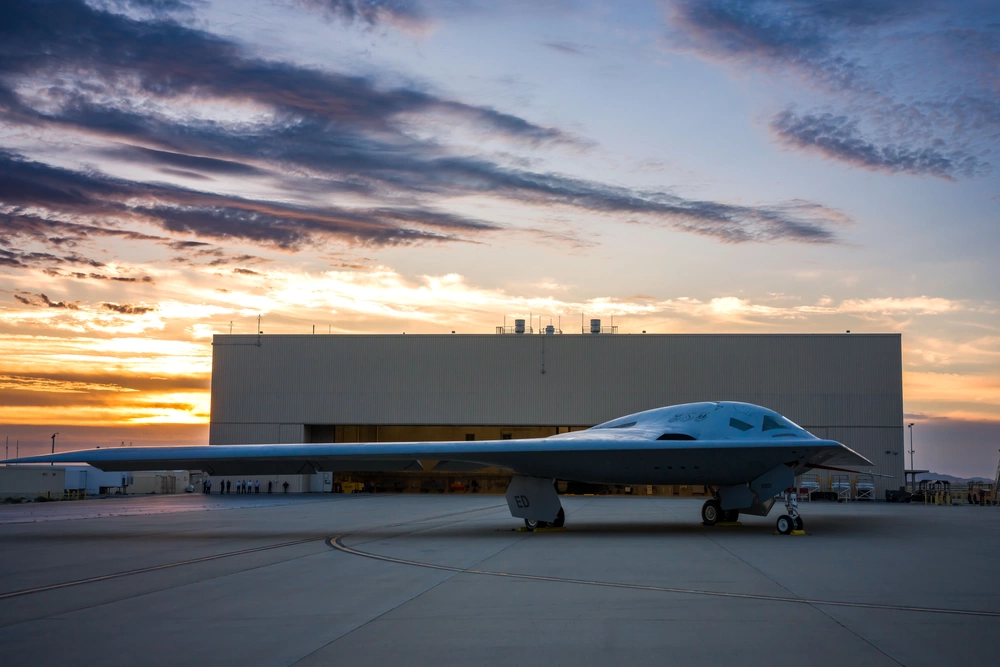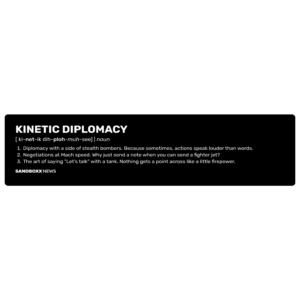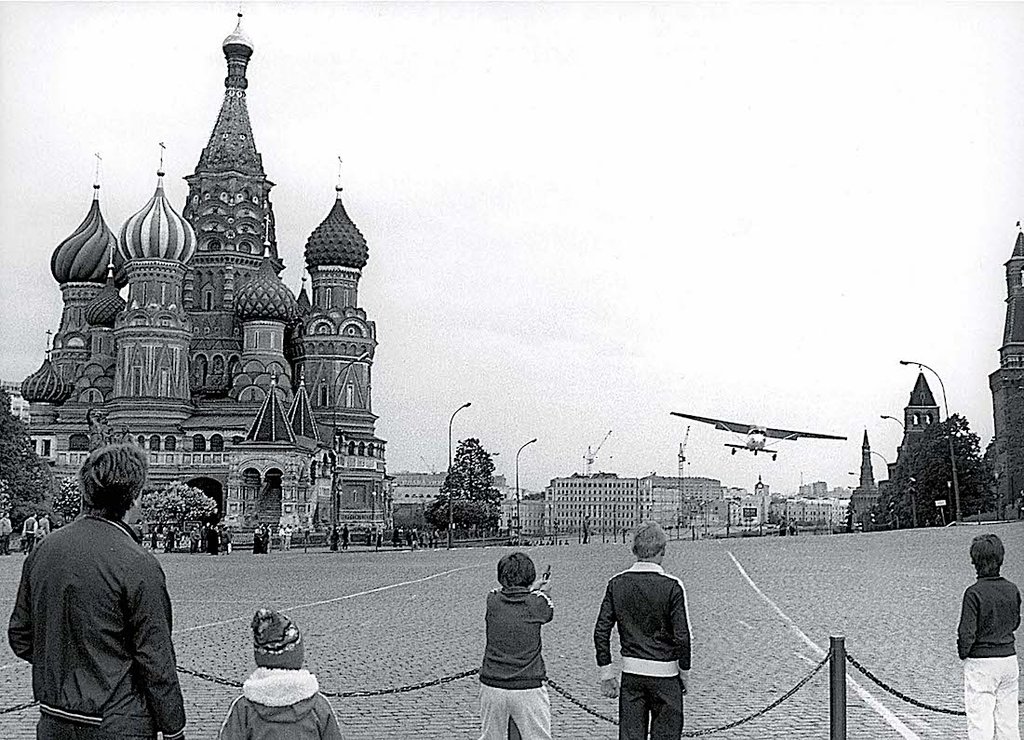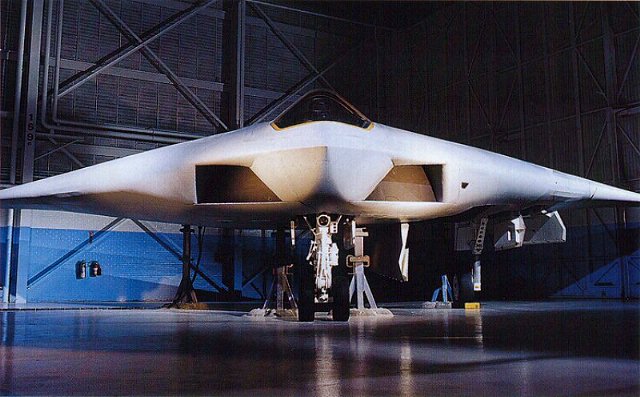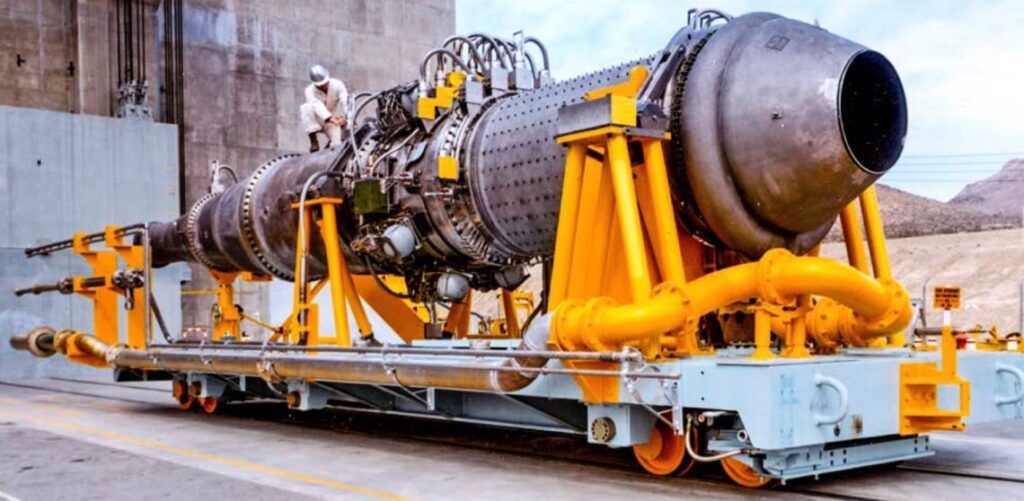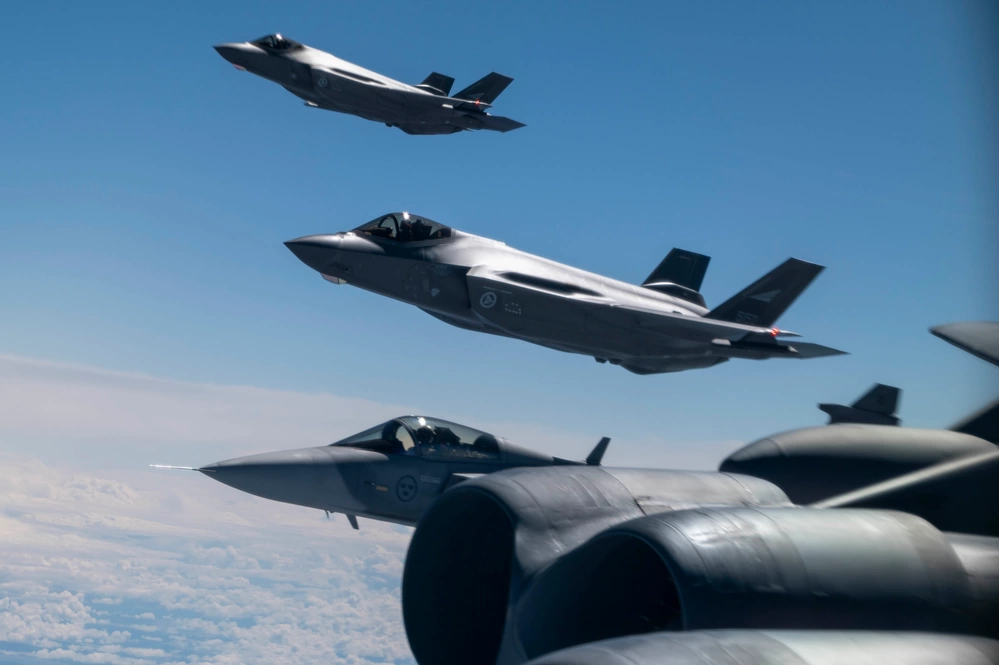According to the U.S. Air Force, the first new B-21 Raider stealth bombers could be ready for combat as early as next year, if a pressing need arose. Just recently, the Air Force announced its plans to nearly double its investment into the B-21 program for 2026: $5.8 billion was already earmarked for B-21 production and refinement and, now, another $4.5 billion will be aimed at ramping up Northrop Grumman’s production capacity.
This week, Air and Space Forces Magazine, the official publication of the Air Force Association, reported that Northrop Grumman expects to have two bombers conducting test flights in 2026, and that these aircraft are already so close to their final production configuration that they could be quickly transitioned into service if they were needed.
This is very significant, as, usually, test article aircraft are bare-bones platforms, often lacking many of the mission systems required for actual combat operations, since the focus of the testing regime is placed squarely on the nuts and bolts of flight. However, because the B-21 underwent such extensive virtual testing in digital environments before production began and benefits from more than a thousand hours of avionics flight testing in an undisclosed testbed aircraft, Northrop Grumman was able to start building these bombers in what we now know is very close to the aircraft’s final operational form, onboard avionics suite and all.
An unnamed Air Force official told Air and Space Magazine’s editor John Tirpak that it would simply be a matter of removing the nose boom and other testing instrumentation to make these B-21s test articles ready for combat. And as Tirpak pointed out, that could mean that the B-21 could reach initial operating capability, or limited operational service, in a matter of months, rather than years. (Most official timelines had pointed toward the end of the decade as a tentative service date for the B-21.) Yet, it’s important to remember that just because the Air Force could put these bombers into operation that soon doesn’t necessarily mean that it will.
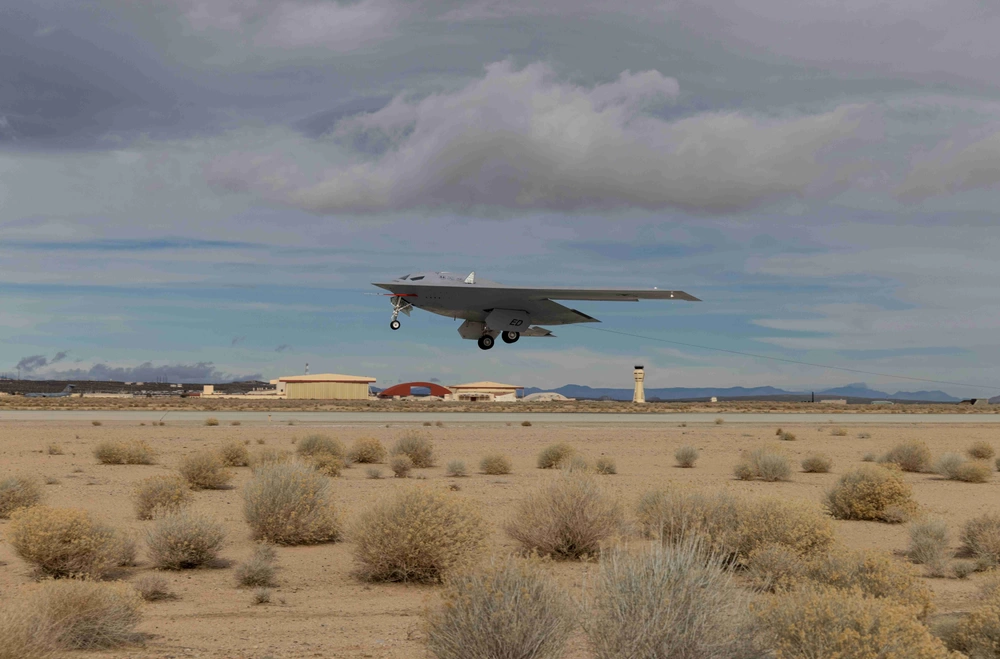
Bombers like the B-21 Raider are seen as strategic assets, as opposed to fighters – even advanced ones – which are largely considered to be tactical assets. Tactical assets are used to achieve immediate battlefield-level effects or help you win an individual battle. Strategic assets, on the other hand, support nation-level objectives, often targeting the most secure, protected, and important facets of an adversary force. Or to put that another way, a handful of advanced stealth fighters could help you win a fight, but a handful of advanced stealth bombers could help you win a war, delivering more ordnance further into contested airspace than any other platform could, wiping out senior leadership, vital infrastructure, or military industrial capacity.
The B-21 isn’t just a bomber, however. The aircraft is equipped with the most advanced intelligence, surveillance, and reconnaissance, or ISR, suite ever installed in a combat aircraft. This can allow the B-21 to start and complete entire kill chains on its own (in other words, identify targets on the fly, track and engage them, and then assess their own strike). It can also allow it to serve as a high-flying, extremely stealthy spy plane or battlefield coordinator, controlling AI-enabled drones and supporting crewed fighters through its intelligence and targeting capabilities.
Many criticize the B-21 Raider’s reduced payload capacity compared to the B-2 Spirit’s. It’s been estimated by credible analysts that the B-21’s official payload will be listed as 30,000 pounds, but no official payload figure has been released by the Air Force or Northrop Grumman.
Meanwhile, the Air Force officially states that the B-2 Spirit can carry a maximum payload of 40,000 pounds, but seven B-2’s carrying 60,000 pounds worth of GBU-57 bunker busters each recently flew from Missouri to Iran and back to carry out strikes against Tehran’s nuclear facilities… So, take whatever you hear about these bombers’ payload capabilities with a hefty helping of salt.
The Air Force intends to buy at least 100 B-21 Raiders, with discussions already nderway about expanding that order to 145.
Feature Image; The B-21 Raider is designed with an open systems architecture, enabling rapid insertion of mature technologies and allowing the aircraft to be effective as threats evolve. The bomber was designed up front for supportability and maintainability-based upon decades of lessons learned and best practices from prior aircraft programs-to improve long-term affordability and outcomes in operations and sustainment. (U.S. Air Force photo)
Read more from Sandboxx News
- 40 years after its introduction, the Tomahawk is still a mainstay of American naval firepower
- First Special Service Force was World War II’s unique Americano-Canadian commando unit
- This is why the Marine Corps is different
- Heroic Coast Guard rescue swimmer saved hundreds in Texas floods and exemplified the spirit of America
- BUD/S instructors have their favorite games to make SEAL candidates suffer

